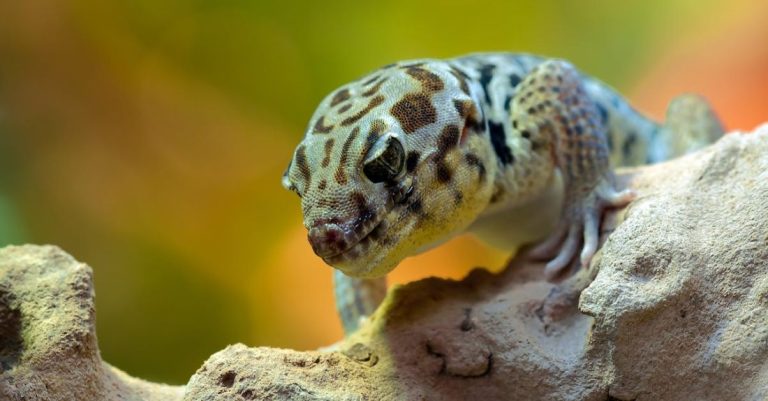
Keeping a pet snake can be a fascinating and rewarding experience for reptile enthusiasts. However, creating the right habitat for your scaly companion is crucial to ensure its health and well-being. From choosing the right enclosure to providing the necessary environmental conditions, setting up a habitat for a pet snake requires careful planning and attention to detail. Here is a comprehensive guide on how to create a suitable home for your slithery friend.
Selecting the Right Enclosure
The first step in setting up a habitat for your pet snake is choosing the right enclosure. The size of the enclosure will depend on the species and size of your snake. A general rule of thumb is to provide at least one square foot of space per foot of snake length. For example, a four-foot-long snake would require a minimum enclosure size of four square feet.
When selecting an enclosure, opt for a glass or plastic terrarium with a secure lid to prevent escapes. Ensure that the enclosure has proper ventilation to maintain air quality and prevent humidity buildup. Additionally, consider the accessibility of the enclosure for cleaning and maintenance purposes.
Creating a Comfortable Substrate
The substrate is the material that lines the bottom of the enclosure and provides a comfortable surface for your snake to rest and move around. There are various substrate options available, including aspen shavings, cypress mulch, and paper towels. Choose a substrate that mimics the natural habitat of your snake and is safe for burrowing or nesting.
It is essential to regularly clean and replace the substrate to maintain a hygienic environment for your snake. Avoid substrates that are dusty or prone to mold growth, as they can be harmful to your pet’s respiratory system.
Providing Adequate Heating and Lighting
Snakes are ectothermic creatures, meaning they rely on external heat sources to regulate their body temperature. To create a suitable habitat for your pet snake, you will need to provide a heat source, such as an under-tank heating pad or heat lamp. Place the heat source at one end of the enclosure to create a thermal gradient, allowing your snake to move between warmer and cooler areas as needed.
In addition to heating, snakes also require exposure to UVB light to aid in calcium metabolism and prevent metabolic bone diseases. Install a UVB light fixture in the enclosure and ensure that your snake has access to both light and shade throughout the day.
Establishing a Hiding Place and Enrichment
Snakes are solitary animals that rely on hiding places to feel secure and reduce stress. Provide at least two hiding spots in the enclosure—one at the warm end and one at the cool end—to accommodate your snake’s temperature preferences. Hiding places can be naturalistic, such as rocks, logs, or artificial caves, and should be appropriately sized for your snake to enter and exit comfortably.
Enrichment is essential for keeping your pet snake mentally stimulated and engaged. Consider adding climbing branches, foliage, or other environmental enrichments to the enclosure to mimic its natural habitat. Rotate and rearrange enrichment items regularly to prevent boredom and encourage exploration.
Maintaining a Healthy Habitat
To ensure the health and well-being of your pet snake, it is crucial to maintain a clean and hygienic habitat. Regularly spot clean the enclosure to remove waste and debris, and perform a deep clean at least once a month to prevent the buildup of bacteria and parasites.
Monitor the temperature and humidity levels in the enclosure regularly using a thermometer and hygrometer. Make adjustments as needed to create a stable and comfortable environment for your snake. Provide fresh water in a shallow dish for drinking and soaking, and ensure that the water is changed daily to prevent contamination.
Conclusion: Creating a Safe and Stimulating Environment
Setting up a habitat for a pet snake requires careful consideration of its physical and environmental needs. By selecting the right enclosure, substrate, heating, lighting, hiding places, and enrichment items, you can create a safe and stimulating environment for your scaly companion. Regular maintenance and monitoring are essential to ensure the health and well-being of your pet snake. With proper care and attention to detail, you can provide your snake with a comfortable and enriching habitat that mimics its natural surroundings.





